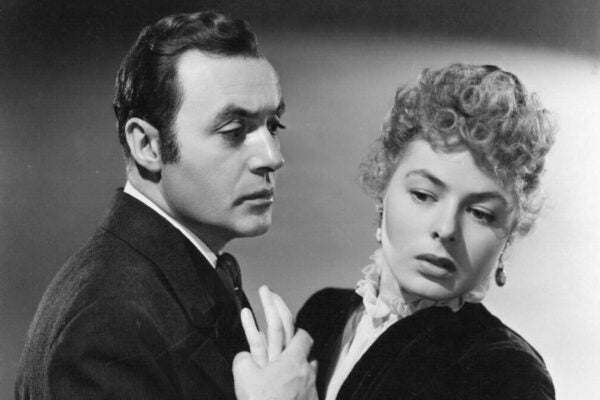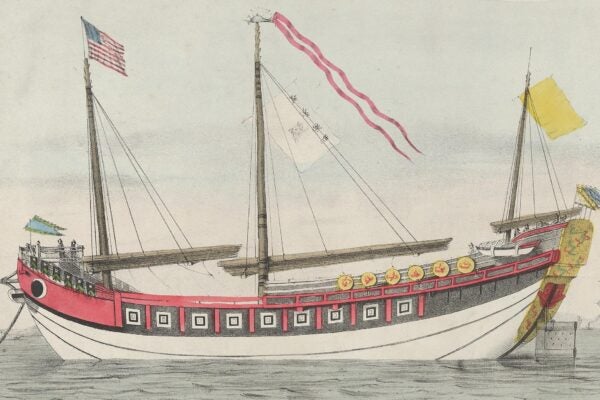Human see, human do (The Conversation)
by Connor Wood
What makes humans such a successful species? One answer is that, unlike chimpanzees, we copy each other’s actions, even when it doesn’t make sense. That irrational act helps us advance technology and cultural unity.
What Prohibition meant to the Constitution (The Atlantic)
by Annika Neklason
The Eighteenth Amendment, which banned the sale of alcoholic drinks a century ago, was unique in constitutional history—the only amendment to address personal morality, and the only one to be repealed later.
The meaning of haint blue (Atlas Obscura)
by Shoshi Parks
In South Carolina, Gullah Geechee people, descended from enslaved Africans, have a complicated relationship with a particular shade of blue, which is connected with cultural tradition and with horrific exploitation.
From AIDS to opioids (The Impact)
by Jillian Weinberger
The opioids crisis is a public health disaster compounded by social stigma and victim blaming. We’ve seen this before, with AIDS and the struggle to get adequate government funding for a response in the 1980s.
When churches divorce (The Washington Post)
by Sarah Barringer Gordon
The split in the Methodist Church over LGBTQ rights echoes one that happened in the nineteenth century over slavery—and that one didn’t end well.
Got a hot tip about a well-researched story that belongs on this list? Email us here.






